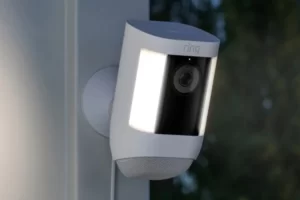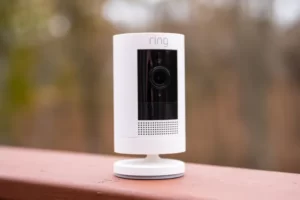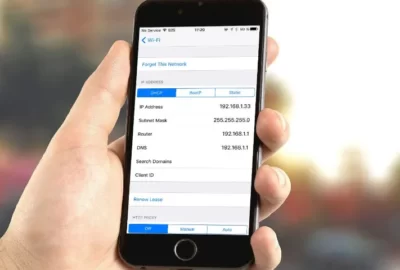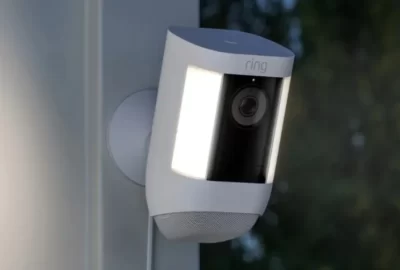Do Film Cameras Need Batteries? More Things To Know
In 1900 we saw the invention of the first film cameras, which are still in use today. But they are a thing of the past now. What about batteries for film cameras? Do film cameras need batteries? It’s time to dispel any misunderstandings because not many people are aware of this. If you are interested, read below about film cameras and batteries!
How Are Film Cameras Operated?
Though it’s simple to assume that all cameras are point-and-click devices, film cameras are actually highly specialized tools that employ a variety of components to capture an image. Through the use of a specific lens aperture size and shutter speed, film cameras record light reflected off of real-world objects and store the image on film. The images captured on film are converted into negatives after development, which is then printed either in a darkroom or by scanning and printing digitally.
Are There Still Film Cameras?
Although many people like to think of film cameras as an antiquated technology, the truth is that they are still in use and are occasionally photographers’ preferred format. We owe it to American businessman and founder of the Eastman Kodak Company George Eastman for creating celluloid film for negatives in the late 1880s, which helped to establish the film camera industry as we know it today. Before that, negatives were produced using additional materials supporting light-sensitive materials, such as paper, tin, and even glass. Actually, a significant portion of the Civil War negatives we currently possess were made on glass.
Until the introduction of 35mm film movie cameras like the Tourist Multiple and the Simplex in 1913, film-based motion cameras as we know them with plastic-based negatives (using Eastman’s celluloid film) were not easily accessible to the general public. The popular Kodak Brownie, however, which was the first mass-produced still camera made for the general public, debuted in 1900. The Kodak Brownie was created to be incredibly simple to use (you only had to point it and press the shutter, coining the phrase “point and shoot”) and was incredibly affordable. Additionally, it was one of the first “medium format” cameras, and it sold over 240,000 units before being phased out in late 1901.
Now, these vintage cameras are frequently used for a variety of purposes, from décor to repurposing as light fixtures to public or private preservation as historical artifacts. However, a number of vintage film cameras are still employed for the same reasons they were when they were first produced: to cherish memories and learn more about the world around us.
Do Film Cameras Need Batteries?
Kodak created the first film camera in the late 1880s. This represents a significant advancement for the photography sector. The Kodak camera was a straightforward box camera with 100 film exposures loaded. Simply send the rollback for processing when you’re finished. It is then loaded again and given back to the customer after the first volume has been created.
Batteries were unnecessary for these early film cameras because they were powered by mechanical components. These basic devices are operated manually.
Technology started to advance with time. The exposure meter was a film camera’s initial feature. At this point, batteries for film cameras become necessary. The exposure meter determines how much light is hitting the film and instructs the camera on how long to expose the picture.
Later, film cameras had autofocus. Batteries are needed for this technology to function. The camera’s focus is adjusted automatically with autofocus according to the subject being photographed.
These days, batteries are almost universally required for film cameras to operate properly. The only exception is a few vintage manual film cameras that are still available today.
So, do film cameras require batteries? And the majority of them are! However, some older models don’t need batteries, but finding them is getting more and more difficult.
Read More: How To Reset Spypoint Camera?
What Is The Battery Life Of A Film Camera?
There is definitely something wrong. Depending on how often you use the camera, a battery should have a life expectancy of close to a year.
Pros And Cons Of Using A Battery In A Film Camera
There are benefits and drawbacks to using batteries with film cameras. Some of them are as follows:
The biggest advantage is that you never have to worry about your camera running out of power in the middle of a shoot. As many extra batteries are available as you require. If you’re in a rush or shooting in an area where it’s challenging to leave, this can be useful.
The downside of using batteries in film cameras is that it’s easy to forget to bring them. If you’re not careful, you might pass away just when you need to!
Another downside is that batteries can be expensive, so if you shoot a lot, the battery can charge quickly. Because you have to dispose of them after they run out of power, they are also not environmentally friendly.
You can avoid some concerns by using a film camera that is fully manual.
There are a few things to think about if you want to use batteries in a film camera. For you, do the benefits outweigh the drawbacks? Now that we’ve discussed both sides of the argument, hopefully, it will help you make a more informed decision.
How To Tell If Your Film Camera Needs Batteries?
There are a few methods you can use to determine if your film camera needs a battery. Check the user manual first. You will know for certain if it doesn’t say that the camera requires a battery.
There are alternative ways to determine whether your camera needs a battery if you don’t have an owner’s manual. Educate yourself on the particular film camera model you are using. You can find all the information about it online; simply search for any mention of the battery under “Description” or “Specs.”
If it does require batteries, make sure you always have a spare set on hand to avoid being left without a functioning camera.
Types Of Batteries Used In A Film Camera
For film cameras, a variety of batteries are available, including:
- The most popular kind is the AA battery, which is available in packs of two or four and is readily available in any store.
- The CR123A battery is another option. Although it can be a little challenging to find, most stores carry this kind of battery.
- Lithium-ion batteries are the last kind. Although some film cameras also use them, these batteries are typically only found in digital cameras.
Does your film camera make use of a different kind of battery than what is described above? Make sure to do your research on the type of battery required before you go out and buy one. In this manner, you will be able to determine in advance whether you need to purchase a special battery.
How To Change The Battery In A Film Camera?
It’s not as difficult as it might seem to change the battery in a film camera. Most cameras have straightforward operating manuals.
- First, locate the camera’s battery compartment. You can open a small door or lid like this with ease.
- Find it and take out the old battery. Prevent yourself from unintentionally cutting or scraping yourself on anything inside the camera.
- Replacing the cover after placing the new battery in the film camera will close it. Check to see that everything is in place before turning the camera back on! While shooting, you don’t want any loose metal floating around.







